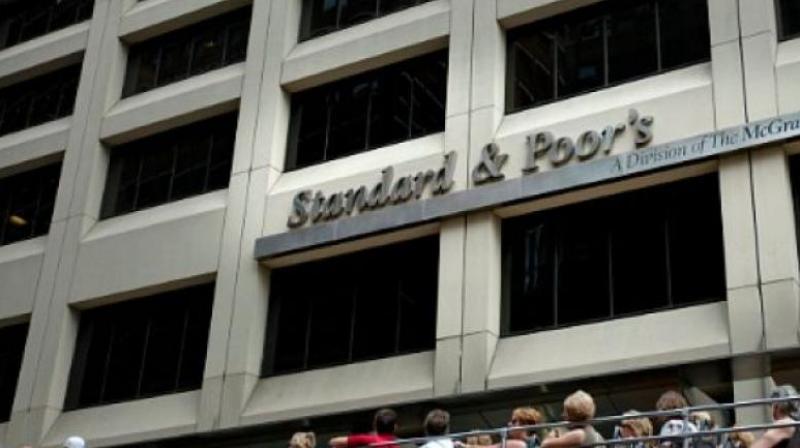Global rating agency Standard & Poor's still keeps India poor'

New Delhi: In a major disappointment for the Narendra Modi government, global rating agency Standard & Poor’s (S&P) on Friday refused to toe Moody’s line in upgrading India’s sovereign rating, citing vulnerabilities stemming from country’s sizeable fiscal deficit, weaker government finances and low per capita income. With this, India’s sovereign rating, according to S&P, remains unchanged at ‘BBB-minus’ with ‘stable’ outlook. This implies that the bonds issued by the country are of lower medium investment grade.
Major investors take investment decisions based on the country’s rating. A better rating, therefore, would help the country to attract more foreign investment at a lower interest rate. The rating by big three — S&P, Moody’s and Fitch — is considered to be very important as 95 per cent of the entire global investment is made based on their recommendations. The first two — S&P and Moody’s — together hold 80 per cent market share, while S&P is the oldest of them. Last week, Moody’s had upgraded India’s sovereign rating, raising hopes that other agencies will follow it. Economic affairs secretary Subhash Chandra Garg, however, is not overtly upset.
“We are not disappointed, but our expectation would be that S&P also takes into account what the government has done,” he said, adding S&P has said everything that Moody’s also stated in its rating upgrade. S&P said that the ratings on India reflect the country’s strong GDP growth, sound external profile, and improving monetary credibility. “India’s strong democratic institutions and its free press promote policy stability and compromise, and also underpin the ratings,” it said. However, the agency said that these strengths are balanced against vulnerabilities stemming from the country’s low per capita income and relatively high general government debt stock, net of liquid assets.
S&P said that the stable outlook reflects its view that over the next two years, growth will remain strong, India will maintain its sound external accounts position, and fiscal deficits will remain broadly in line with its forecasts. However, it said that confidence and GDP growth in 2017 appear to have been hit by the sudden demonetisation exercise in late 2016 in an effort to curb tax evasion. Nevertheless, S&P said in the medium term, it anticipates that growth will be supported by the planned recapitalisation of state-owned banks, which is likely to spur on new lending within the economy.
S&P said that there will be pressure on it to upgrade India’s rating if the Modi government’s reforms markedly improve its net general government fiscal out-turns and so reduce the level of net general government debt. “Upward pressure could also build if India’s external accounts strengthen significantly,” it said.

